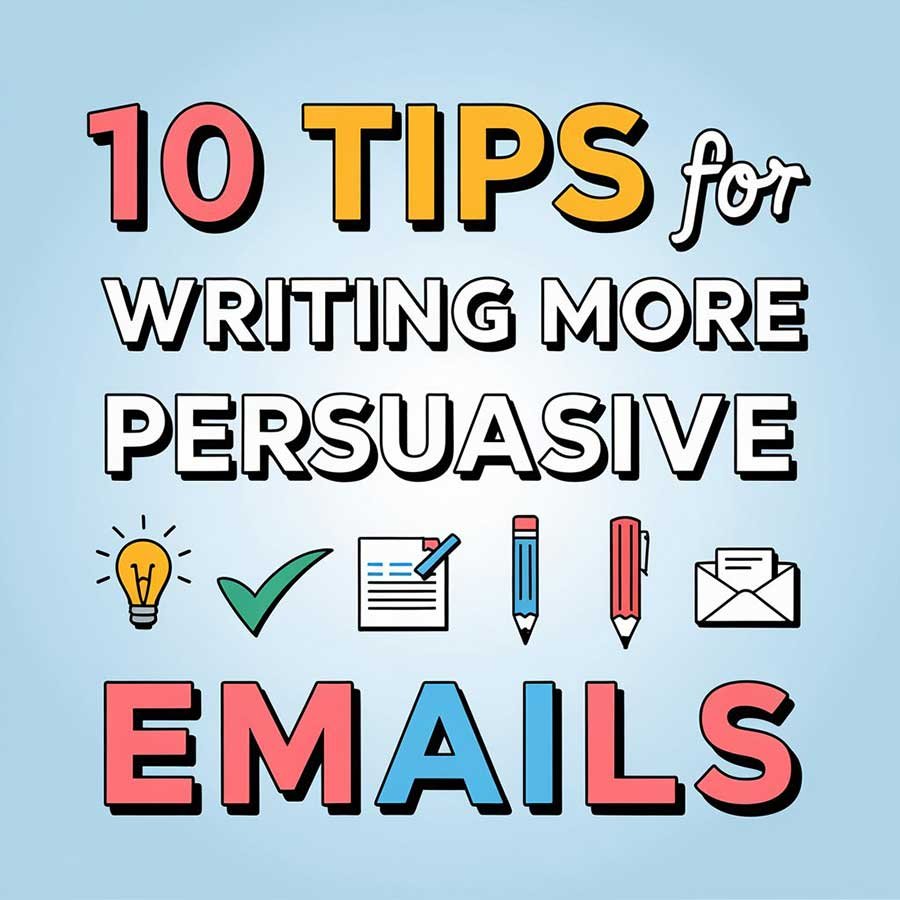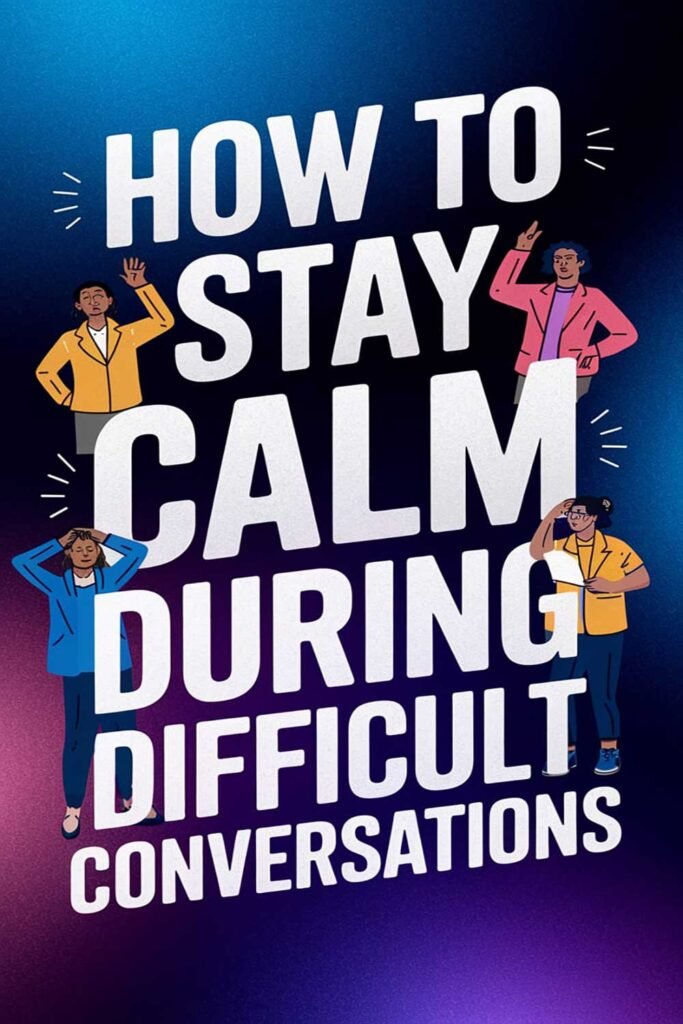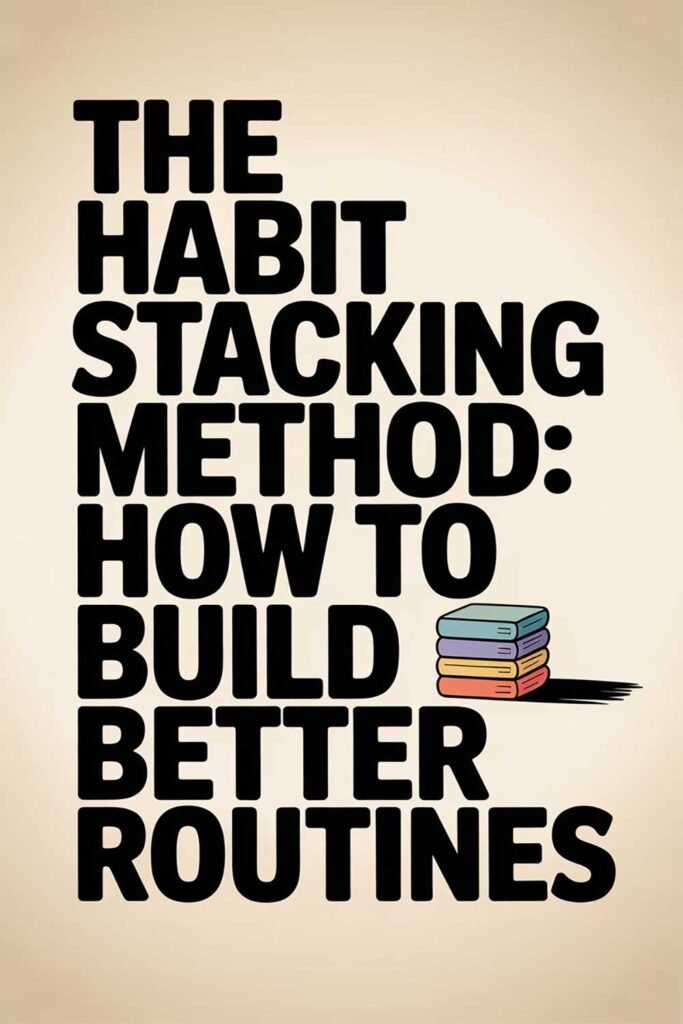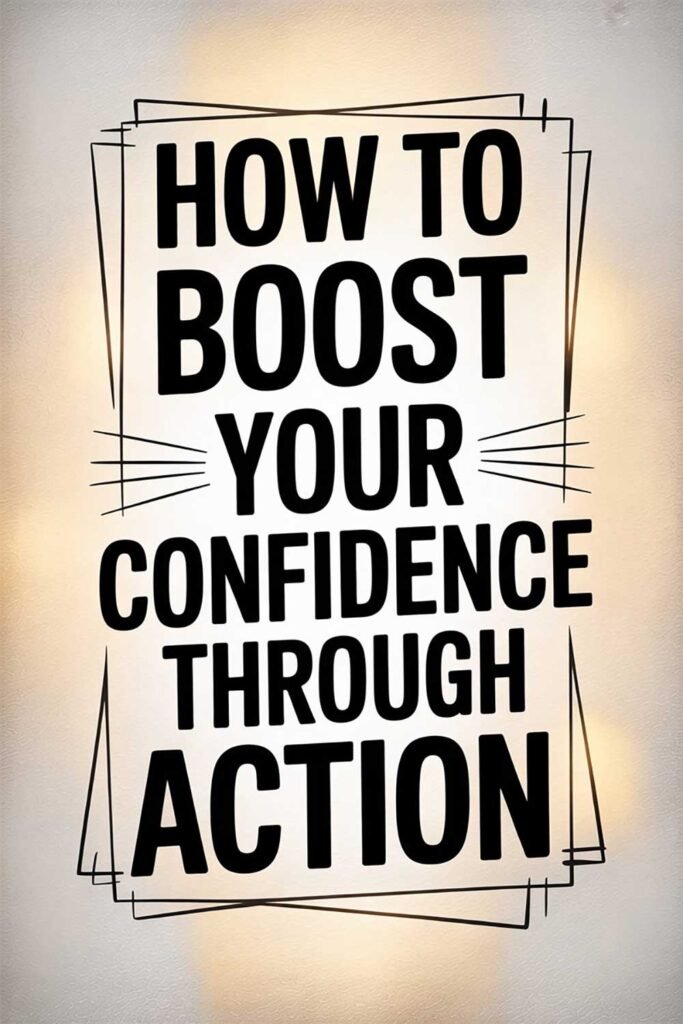
10 Tips for Writing More Persuasive Emails
Writing persuasive emails is a crucial skill, whether you’re reaching out for business, marketing, networking, or personal communication. A well-crafted email can capture attention, inspire action, and drive results. Here are ten tips to help you write more persuasive emails that get the responses you want.
1. Start with a Compelling Subject Line
Your subject line determines whether your email will be opened or ignored. Make it clear, engaging, and relevant.
Tips for Strong Subject Lines:
- Keep it short and direct (under 50 characters).
- Use action-oriented language (e.g., “Unlock Exclusive Savings Today”).
- Personalize when possible (e.g., “John, Here’s a Special Offer for You”).
- Create a sense of urgency or curiosity.
2. Personalize Your Message
People respond better to emails that feel personal rather than generic. Address the recipient by name and tailor your message to their needs or interests.
How to Personalize:
- Mention a recent interaction or shared interest.
- Reference their business, role, or industry.
- Use a friendly and conversational tone.
3. Get to the Point Quickly
Your recipient’s time is valuable, so avoid long-winded introductions. State your purpose within the first few sentences.
Ways to Be Concise:
- Clearly define the reason for your email.
- Use bullet points or short paragraphs for readability.
- Avoid unnecessary filler words.
4. Focus on Benefits, Not Features
Instead of just listing what you’re offering, explain why it matters to the recipient.
Benefit-Oriented Writing:
- Instead of: “Our software has a new dashboard,” say, “Our new dashboard helps you track performance faster and more efficiently.”
- Instead of: “Sign up for our newsletter,” say, “Get insider tips and exclusive deals every week.”
5. Use a Conversational Tone
A persuasive email should feel like a natural conversation rather than a sales pitch.
Tips for a Conversational Tone:
- Write as if you’re speaking directly to the reader.
- Avoid overly formal or robotic language.
- Use contractions and simple phrasing.
6. Leverage Social Proof
People are more likely to take action when they see others have benefited from it.
How to Include Social Proof:
- Mention testimonials or case studies.
- Reference customer success stories.
- Highlight well-known clients or partners.
7. Create a Sense of Urgency
Encouraging immediate action increases the chances of a response.
Ways to Add Urgency:
- Use limited-time offers or deadlines.
- Highlight exclusive opportunities.
- Avoid pushy language—keep it compelling yet natural.
8. Include a Clear Call-to-Action (CTA)
Your email should always guide the recipient toward a specific action.
Effective CTA Examples:
- “Schedule a free consultation today.”
- “Claim your discount before it expires.”
- “Click here to download your free guide.”
9. Optimize for Mobile Readability
Many people check emails on their phones, so your message should be easy to read on smaller screens.
Mobile Optimization Tips:
- Use short paragraphs and ample white space.
- Avoid large blocks of text.
- Ensure CTA buttons are easy to tap.
10. Proofread Before Sending
Typos and grammatical errors can weaken your credibility. Take a moment to review your email before hitting send.
Proofreading Tips:
- Read your email out loud to catch awkward phrasing.
- Use spell-check and grammar tools.
- Have a colleague or friend review it if possible.
Picture This
Imagine sending an email that instantly captures attention, sparks interest, and compels the reader to take action. Your messages are no longer ignored but welcomed and responded to with enthusiasm. Each word serves a purpose, guiding your recipient toward the desired outcome effortlessly. Mastering the art of persuasive emails can transform your communication, opening doors to new opportunities and stronger connections.
What impact could more persuasive emails have on your business or personal goals?
Please Share This Article
If you found these tips helpful, please share this article with colleagues, friends, or anyone looking to improve their email communication. A well-crafted email can make all the difference!






